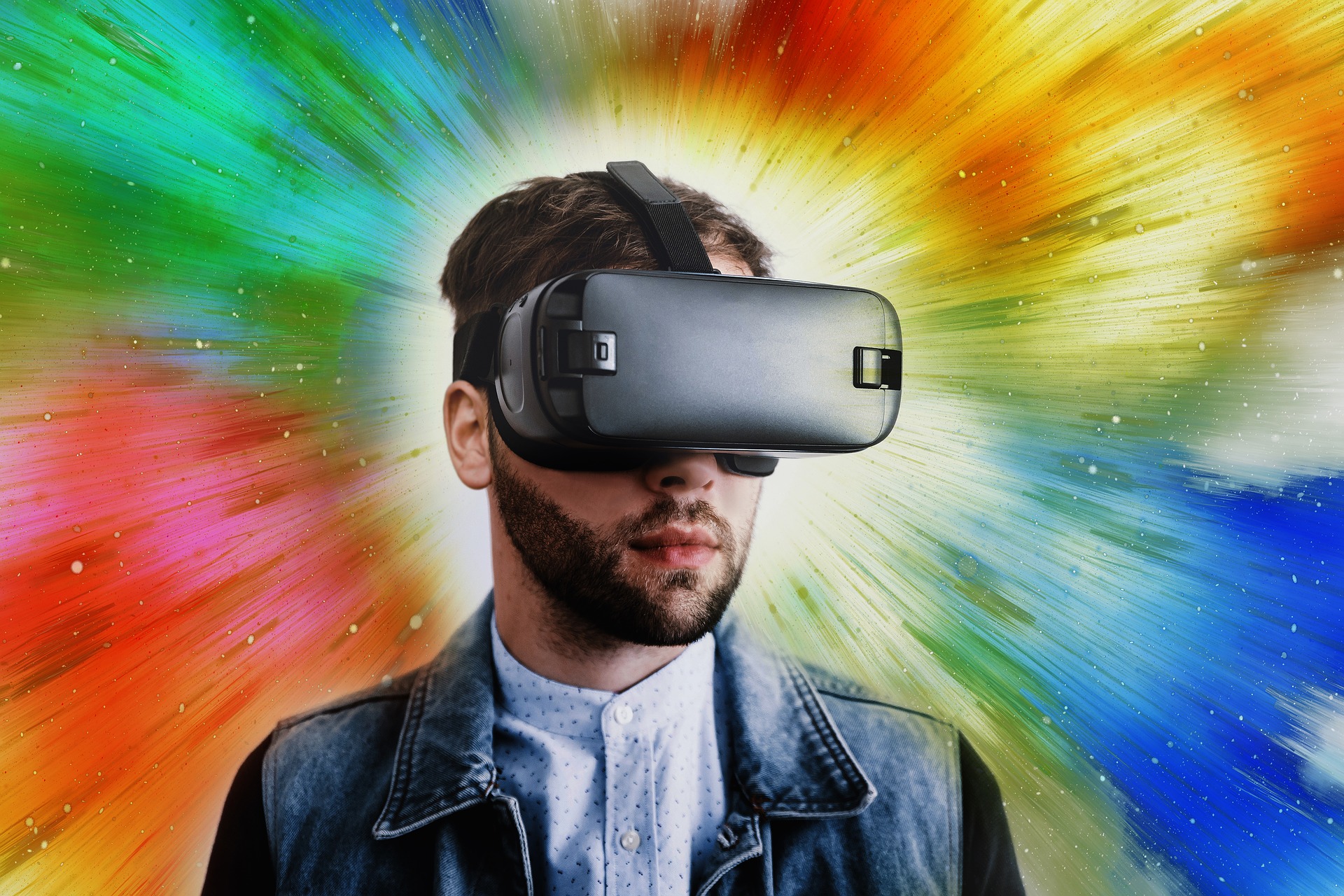Virtual-reality (VR) can be defined as an interactive computer-generated experience that can be similar to the real world or fantastical1. For instance, in a VR environment, a person is able to virtually live in the artificial world by looking and moving around it, as well as interacting with virtual characters or items2. Nowadays there are different kinds of VR environments, mainly used for entertainment purposes (e.g. video-games) or professional training (e.g. aviation, military training etc.)3. VR tools usually range from a headset (head-mounted displays with a small screens in front of the eyes), to proper full-scale rooms with bigger screens and special equipment to increase the augmented reality experience.

VR has been recently investigated as a potential treatment for different metal health problems or psychiatric disorders such as social anxiety4, specific phobias5, post-traumatic stress disorder (PTSD)6, or persecutory delusions7. The key assumption behind the use of VR tools in mental health practice, relies in the fact that, in VR settings, individuals can repeatedly experience and learn appropriate coping strategies in a controlled environment8,9. For instance, knowing that the exposure is not real, allows people to face difficult situations and learn therapeutic strategies which they can then adopt in the real world.
..but how those VR tools can be used for the treatment of ADHD?
Recent evidence shows that VR can help enhance some of the core therapeutic challenges of ADHD such as attention, problem solving and managing impulsive behaviours10. For example, using VR can create virtual scenarios that can reward and empower skills such as response inhibition and emotional control10. One of the most commonly used scenarios is the class-room environment, which can introduce life-like distractions to asses children’s behaviour in an ecologically-based setting 10-11. In this virtual environment children with ADHD may be more able to use the trial-and-error instructional strategies to train learning skills11. For instance, in these VR settings, children with ADHD can also learn strategies to use in the real world without experiencing failures due to their experiences at school, making them more willing to accept the private feedback of the VR teacher.
Although VR ca be potentially used in ADHD treatment, is still an experimental procedure that needs more research to assess its validity. Also, there are still some concerns regarding potential side effects of long-term VR exposure, such as headaches, seizures, nausea, fatigue, drowsiness, disorientation, apathy, and dizziness10. Overall, despite its therapeutic potential, more studies are needed to assess its long-term treatment efficacy as well as the efficacy of VR environments compared to other non-pharmacological treatments already available for ADHD.
Isabella Vainieri and Jonna Kuntsi
Isabella Vainieri is a PhD student at the Social, Genetic & Developmental Psychiatry Centre at King’s College London.
Jonna Kuntsi is Professor of Developmental Disorders and Neuropsychiatry at King’s College London.
References
- Burdea, Grigore C. and Philippe Coiffet. Virtual Reality Technology. John Wiley & Sons, 2017.
- Rizzo AA, Buckwalter JG, Neumann U. Virtual reality and cognitive rehabilitation: a brief review of the future. J Head Trauma Rehabil. 1997;12:1–15.
- Johnson D. Virtual environments in army aviation training; Proceedings of the 8th Annual Training Technology Technical Group Meeting; Mountain View (CA), USA. 1994.
- . Maples-Keller JL, Bunnell BE, Kim SJ, Rothbaum BO. The Use of Virtual Reality Technology in the Treatment of Anxiety and Other Psychiatric Disorders. Harv Rev Psychiatry. 2017;25(3):103–113.
- Roy S, Kavitha R. Virtual Reality Treatments for Specific Phobias: A Review. Orient.J. Comp. Sci. and Technol;10(1).
- Rizzo A’, Shilling R. Clinical Virtual Reality tools to advance the prevention, assessment, and treatment of PTSD. Eur J Psychotraumatol. 2017;8(sup5):1414560. Published 2017 Jan 16. doi:10.1080/20008198.2017.1414560
- Freeman, D., Bradley, J., Antley, A., Bourke, E., DeWeever, N., Evans, N., Černis, E., Sheaves, B., Waite, F., Dunn, G., Slater, M., & Clark, D. (2016). Virtual reality in the treatment of persecutory delusions. British Journal of Psychiatry, 209, 62-67.
- Sanchez-Vives M, Slater M. From presence to consciousness through virtual reality. Nat Rev Neurosci 2005; 6: 332–9
- Slater M, Rovira A, Southern R, Swapp D, Zhang J, Campbell C, et al. Bystander responses to a violent incident in an immersive virtual environment. PLoS One 2013; 8: e52766.
- Bashiri A, Ghazisaeedi M, Shahmoradi L. The opportunities of virtual reality in the rehabilitation of children with attention deficit hyperactivity disorder: a literature review. Korean J Pediatr. 2017;60(11):337–343.
- Bioulac S, Lallemand S, Rizzo A, Philip P, Fabrigoule C, Bouvard MP. Impact of time on task on ADHD patient’s performances in a virtual classroom. Eur J Paediatr Neurol. 2012;16:514–521

